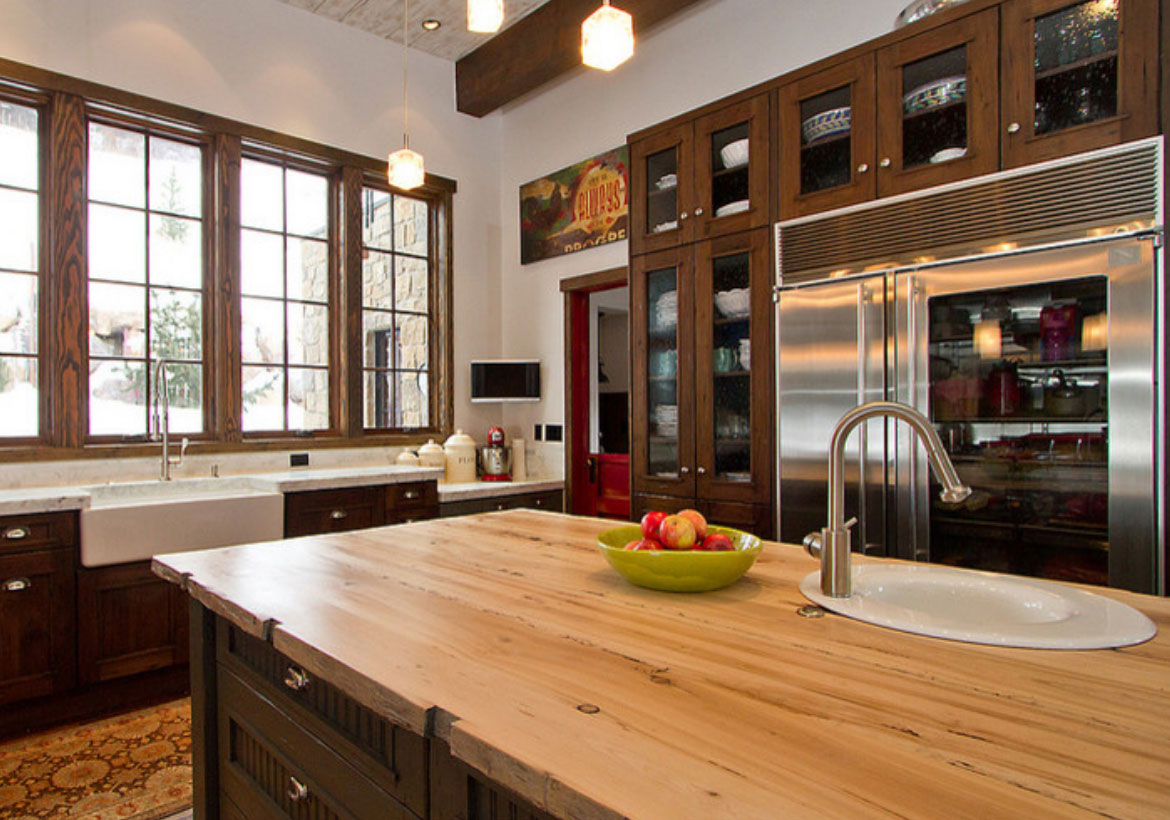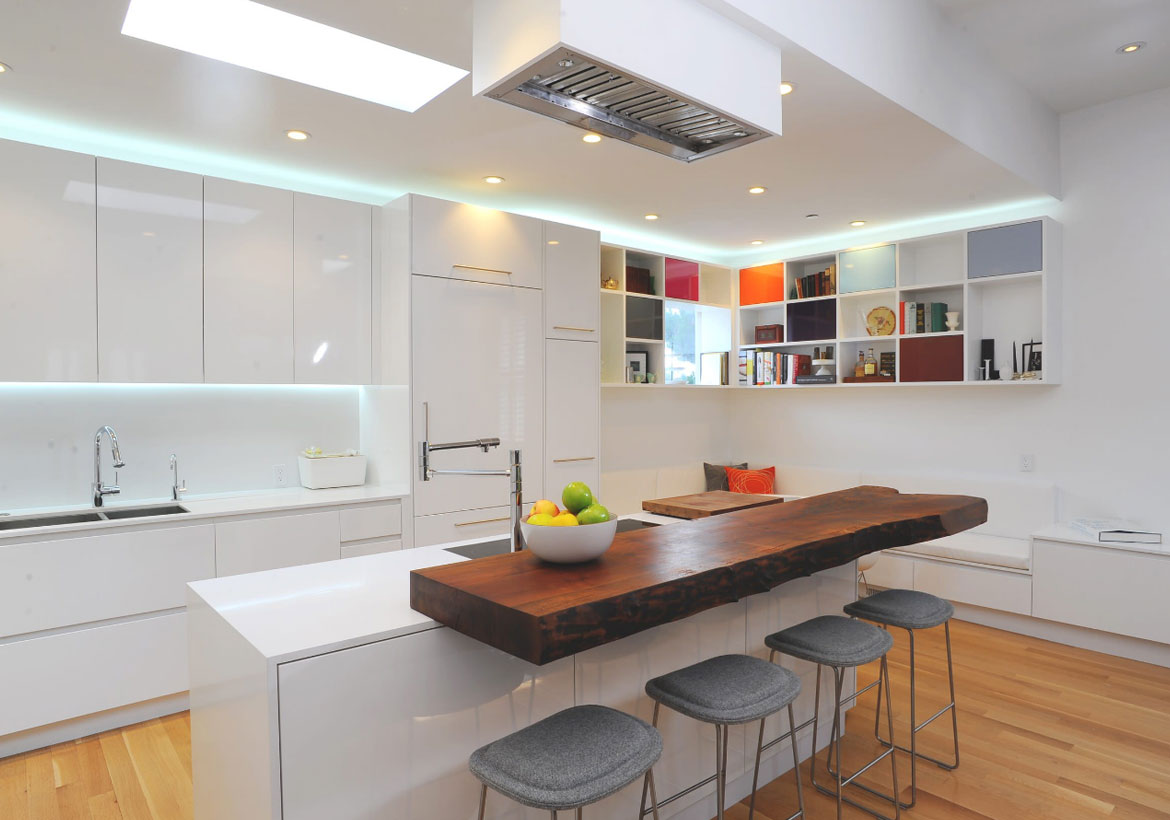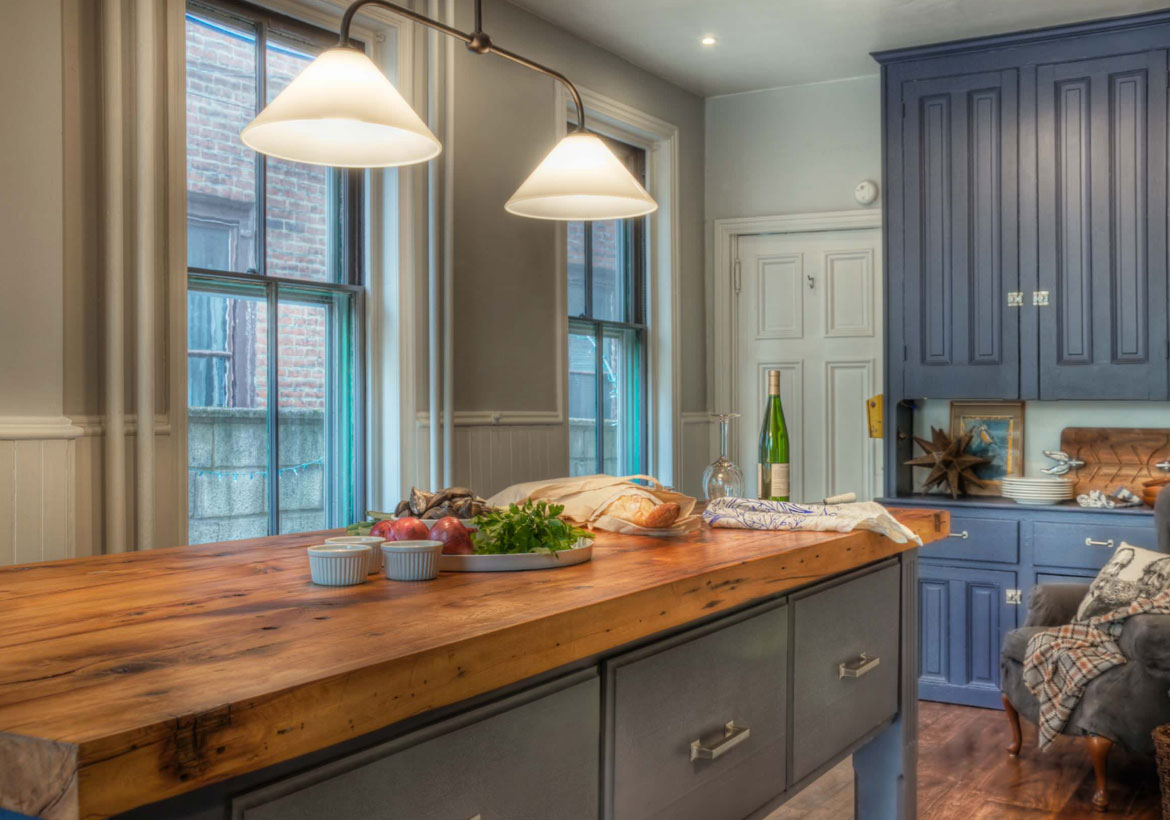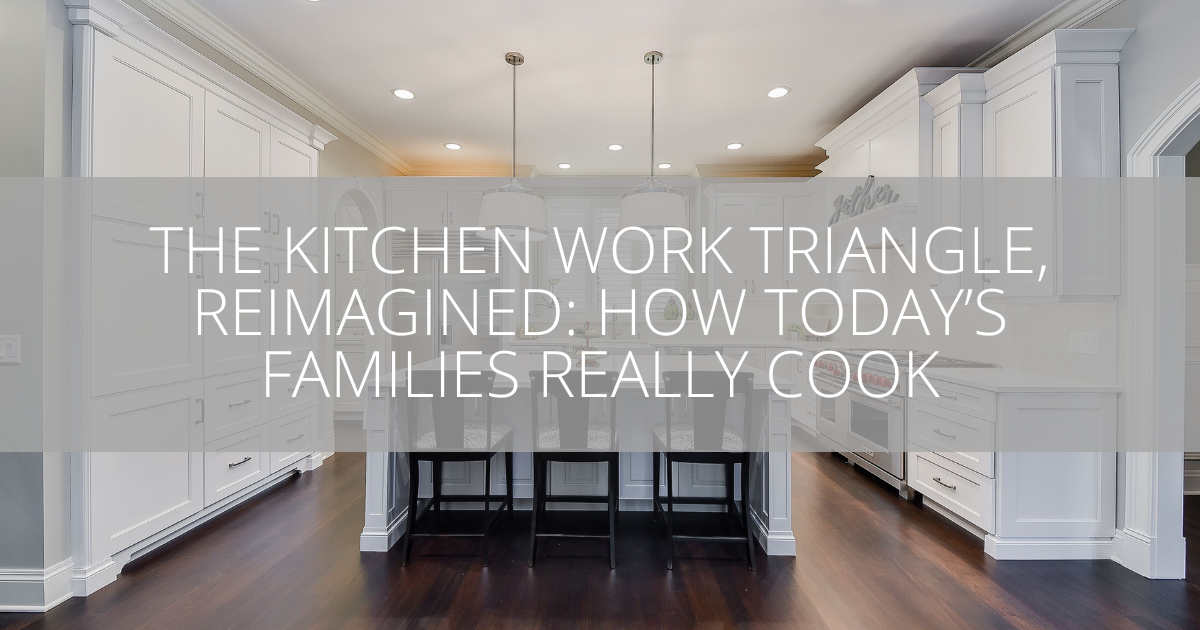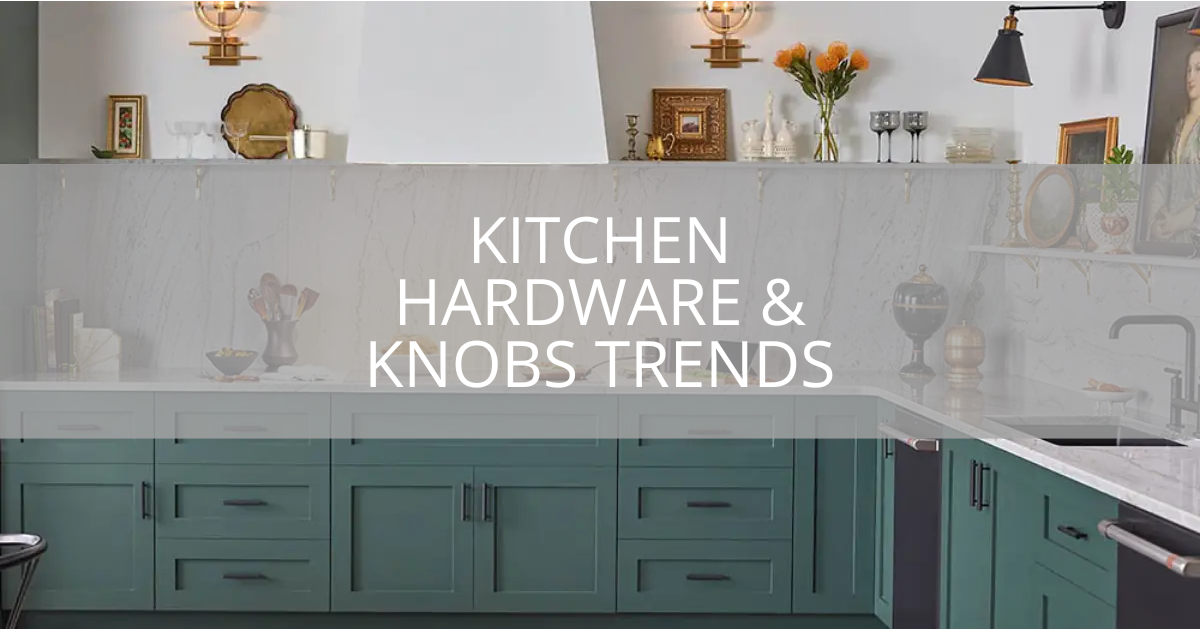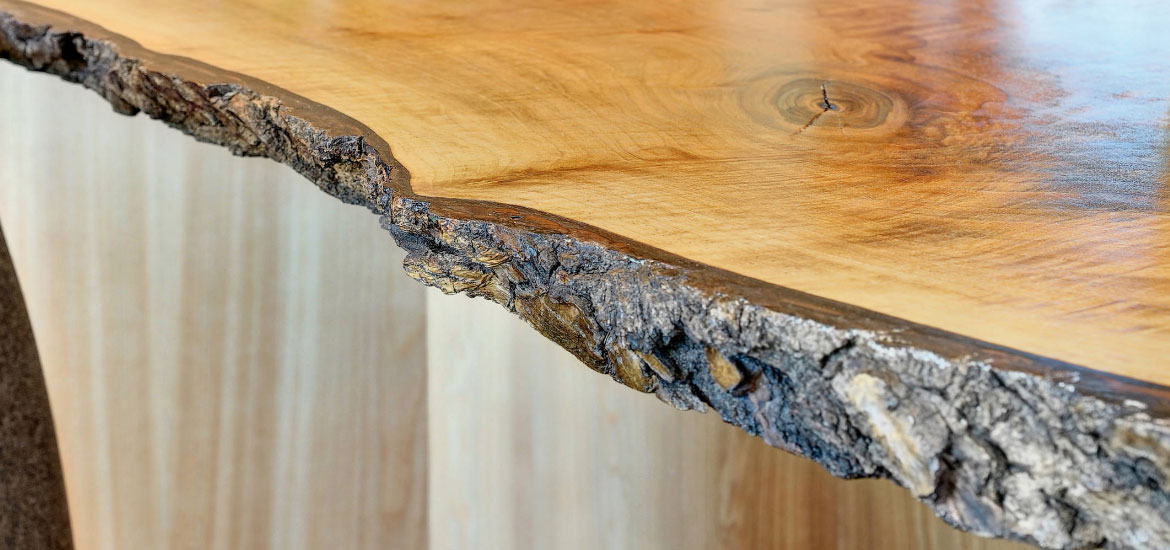
Feature Image: RemodelWest
Reclaimed or live edge wood countertops can bring organic beauty and practicality to various areas of the kitchen. Clients are always enthusiastic about concepts that depart from the norm–they love the remarkable, the exceptional, the extraordinary. They want design elements that proclaim their unique individualism. Reclaimed wood countertops or live edge wood countertops can do just that.
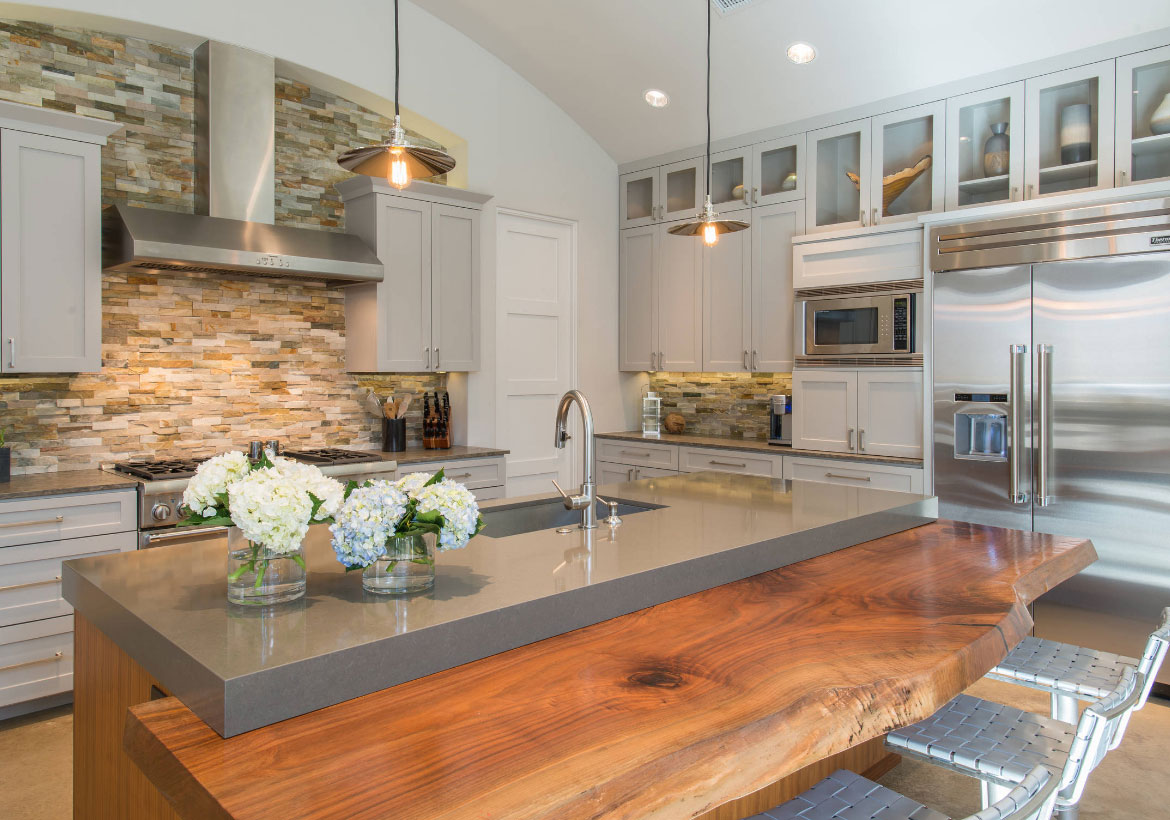
Natural Wood
Natural wood countertops provide a rustic charm and comfort to the home. A wood slab brings the ambiance of the forest into the home. Distressed wood tells a story. Each imperfection, scar and nail hole in your reclaimed wood countertops add to the history of that slab of lumber that it used to be. Obviously not the real history (unless you know where it came from), but the one you imagine that adds romance to the room. The naturally aged appearance offsets the necessarily squeaky-clean environment.
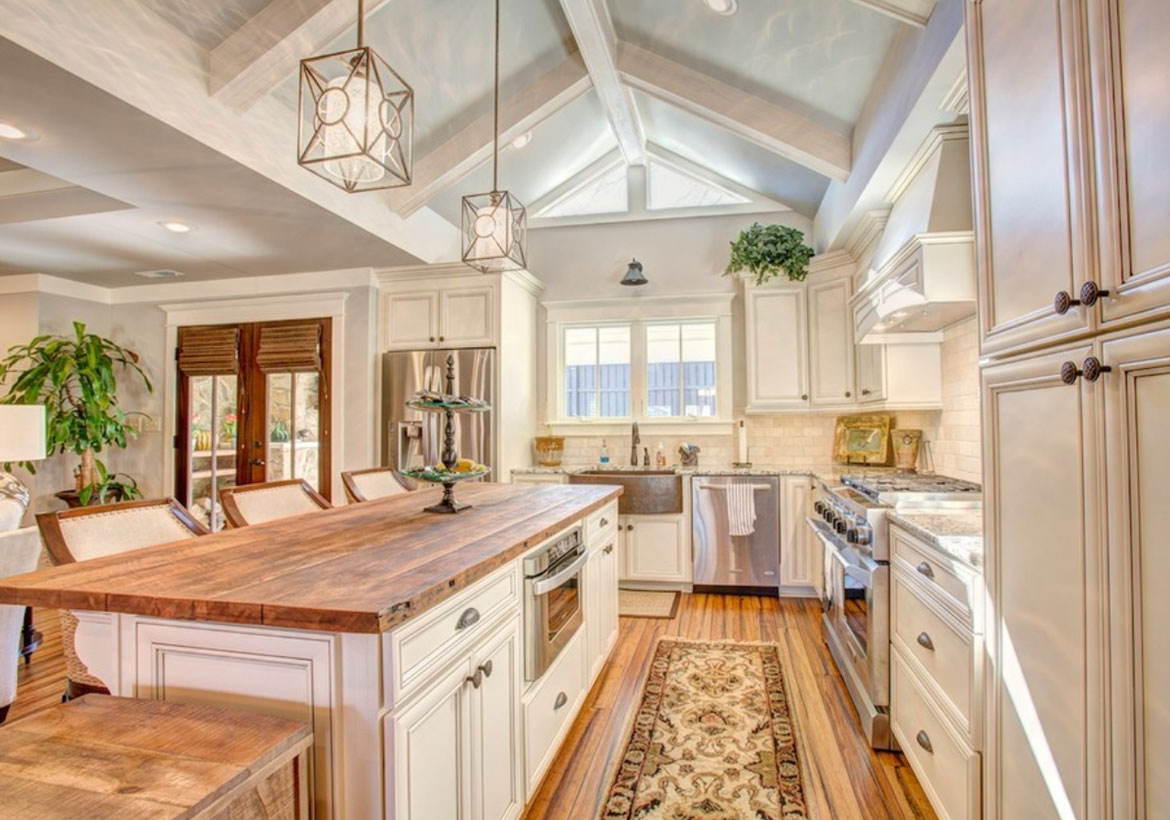
Reclaimed Wood Countertops
Reclaimed wood countertops create a wonderful impression of rustic beauty. Plus, it’s not carted off to the landfill site. Rustic, reclaimed wood countertops are available in many styles and colors and come from a variety of sources.
Old buildings going through renovations or demolition are common sources for reclaimed wood slabs. Wood with its insect scars, disintegrated knots, and nail holes, tend to be the most interesting. Apart from being green, reclaimed wood is durable, and if properly cared for, will last another hundred years or so.
The most common reclaimed wood comes in the form of the pine and oak. In previous centuries; homes, farms, and factories widely used pine and oak for construction. In the days when large hardwood trees covered the land, planks of solid oak usually two-inches thick were the cheapest building material of choice. Oak, elm, and maple were common materials used in factory floors, barns, and animal shelters.
The island is reclaimed maple.
The live edge wood countertop is a walnut live edge slab sourced locally.
The countertop is made from salvaged floor joists. It is 100+-year-old fir taken out of a house in Philadelphia.
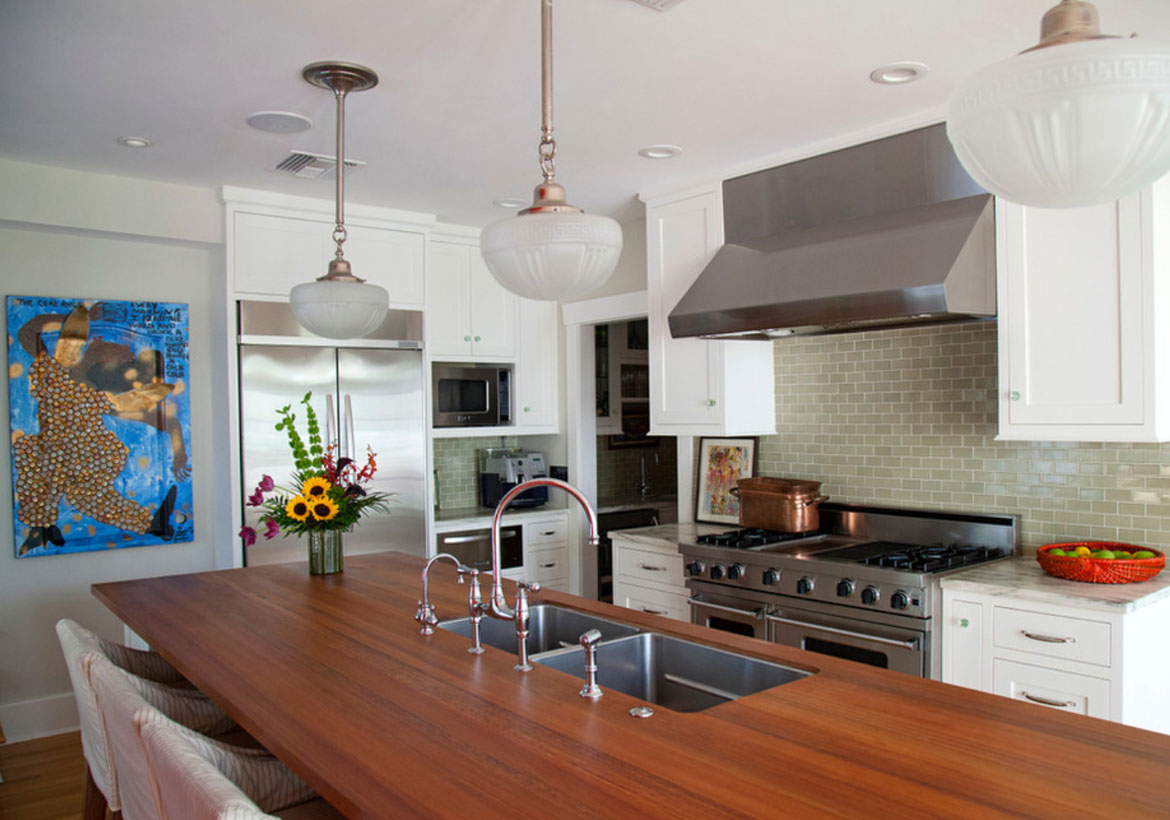
E+D Architecture and Design, PL – The countertop is heart pine from sinker logs pulled up from the bottom of logging rivers.
Sinkers
Another interesting source is the “sinkers”. These were the logs used to transport felled trees. In the late 1800’s and early 1900’s, it was a common way to transport to lumber mills. They used these logs to float them down the river to the mill. Some logs became lost along the way when they became snagged or obstructed by rocks and river weed. Reclaimed “sinkers” are often much larger than trees harvested today. The “sinkers” sometimes more than six-foot diameter trunks are of great value to specialized woodworkers.
Get even more inspiration for your kitchen countertops by checking this out: 70 Spectacular Custom Kitchen Island Ideas
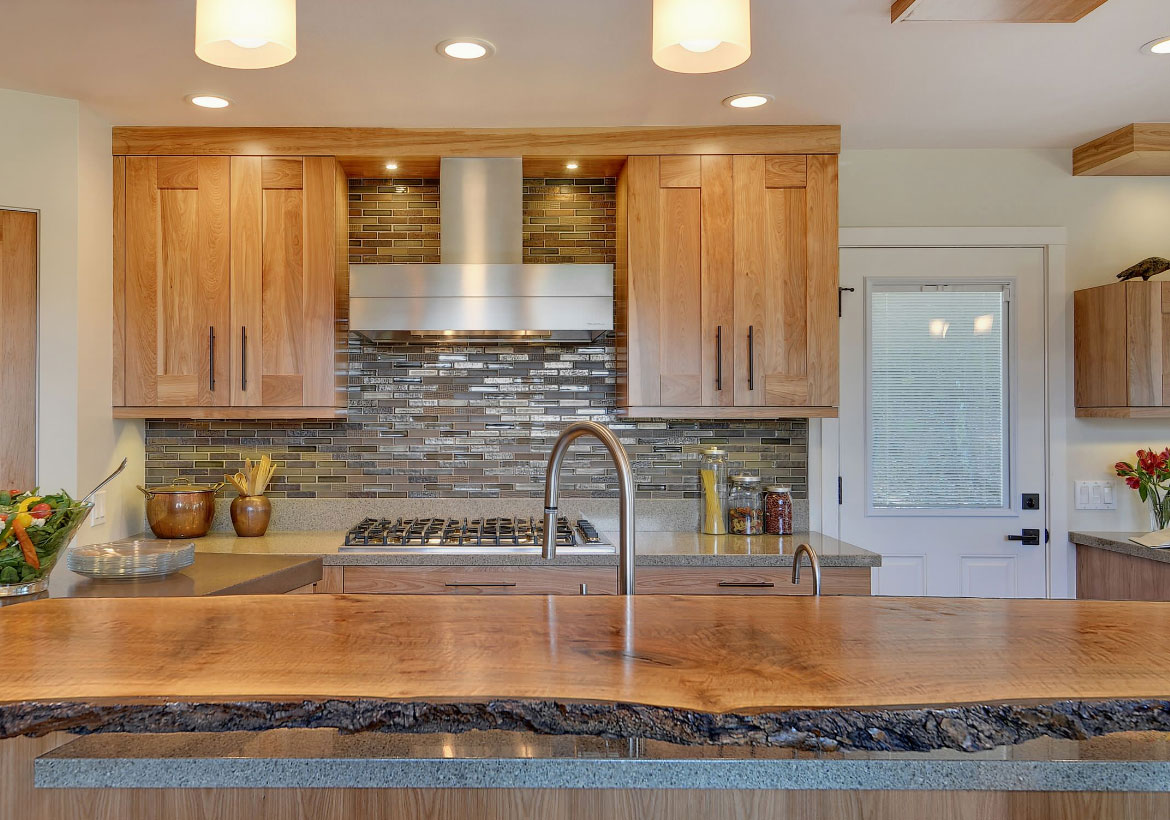
RemodelWest – This piece of material for this live edge wood countertop was found at an urban lumber yard in northern California.
Live Edge Wood Countertops
Another natural wood option is the live edge wood countertops. Live edge wood slabs leave the outside edge in its natural state. The bark left intact enhances the natural look or removed to expose the organic edge. Standing dead trees or trees that have recently fallen are sources for these slabs. Many suppliers keep themselves informed about trees that come down during storms and arrange for delivery to their mills. Small milling operations located up and down the country specialize in sourcing trees best suited for milling wood slabs for use in custom furniture and interior remodeling.
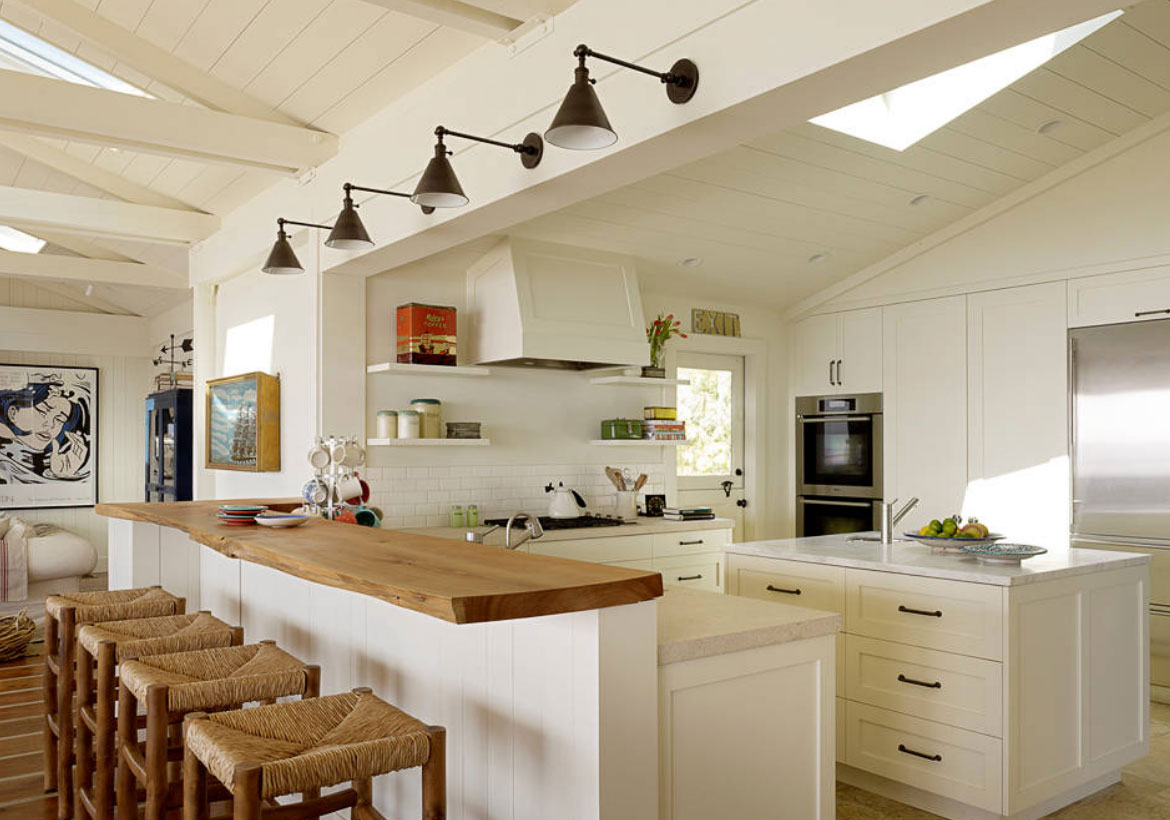
Arrowood Design LLC – The bar top was custom made from a reclaimed piece of cypress wood.
Wood Species
Suitable slabs are available in a variety of species. Preferred are hardwoods due to their durability, although some softwoods are perfectly suitable. Availability of different kinds of wood from local sources depends upon the area of the country you’re in. Anything from domestic varieties, to more exotic woods from Africa and South America. Here’s a general overview of the areas and what wood species predominates there:
- Eastern Areas – Maple, Walnut, Ash, Cherry, Elm and Sycamore
- West – Redwood, Claro Walnut and Various Cedars and Firs.
- Africa and South America – Mahogany and Bubinga,
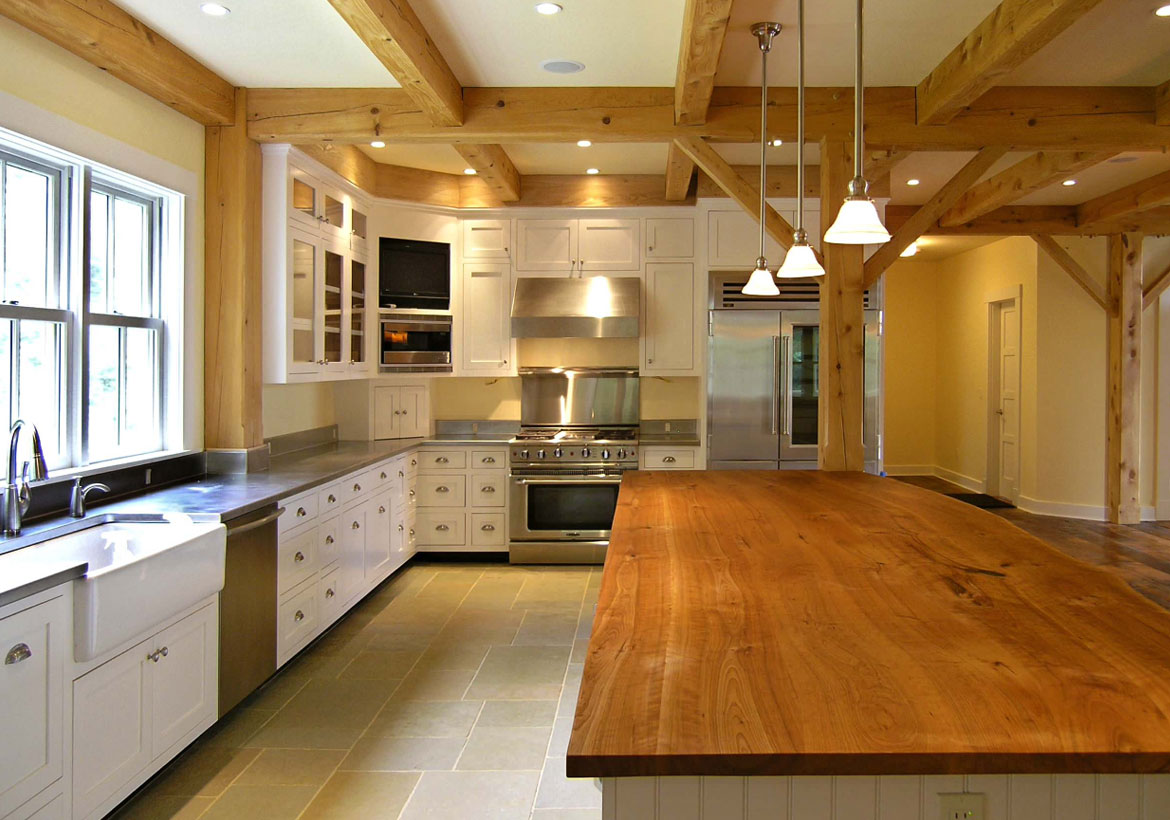
Perkins Smith Design Build – Reclaimed cherry island cut from the site and pieced together.
Your Investment
Using reclaimed wood countertops for your kitchen remodeling project is, by no means, a cost saving. There is a lot of time and labor involved in getting a slab of reclaimed wood to market. Your design-build interior remodeling company will insist on sourcing wood from a responsible dealer. Every slab of milled reclaimed wood must be inspected until exactly the right piece or pieces are found. There is also the physical labor in sanding and sealing. Your countertop may end up being quite expensive, but it will be beautiful and will last you for the rest of your life.
Live edge wood countertops will be less expensive than one made from reclaimed wood coming from a slab or slabs of wood from fallen or felled trees and sourced from a local sawyer. Again, time is involved in selecting just the right wood and all the labor in milling and drying factored into the price. That’s before the fitting, sanding and sealing cost. But you will have a final product that is beautiful, individualized, and unique as well as highly durable.
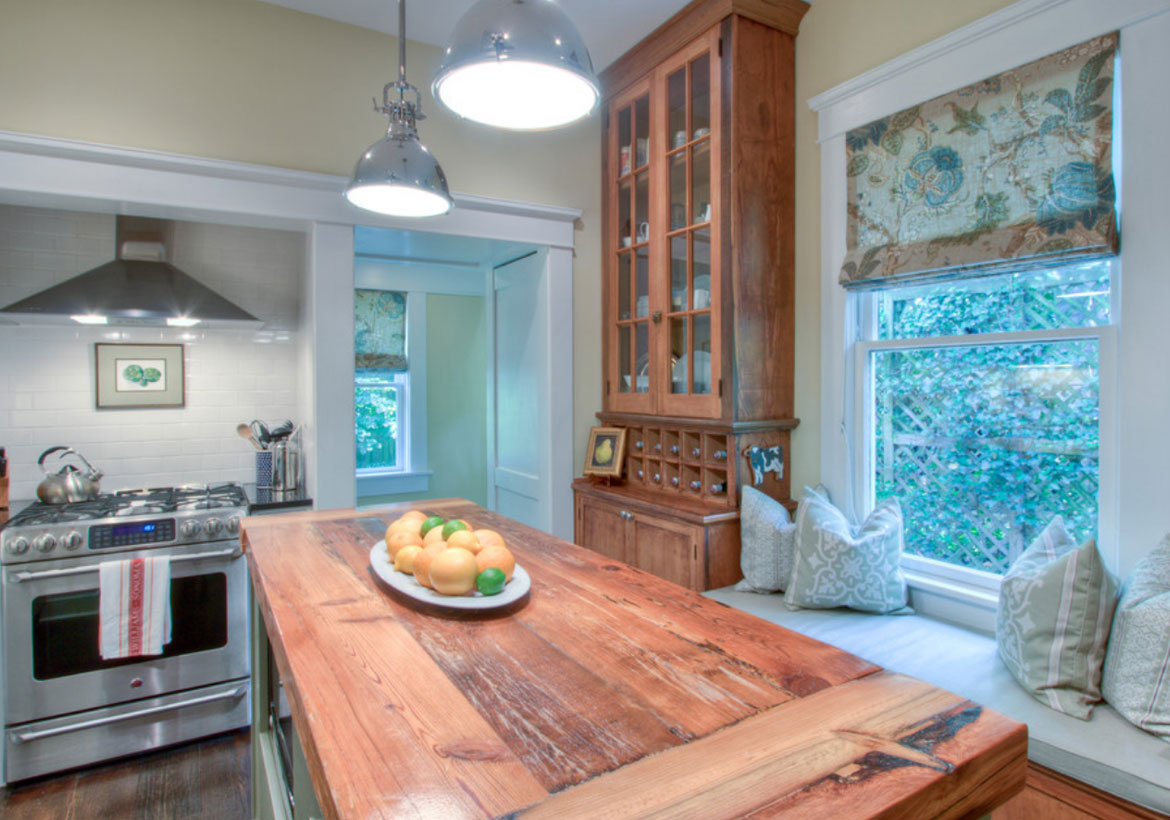
Historical Concepts – Heart pine beams, original to the home, were salvaged and re-used as kitchen countertops.
Maintaining Your Countertop
Your countertop should be finished with a natural oil to make it food safe. Mineral oil, tung oil or sunflower oil are all widely used. Interior remodeling professionals usually recommend tung oil. Commercial products that combine linseed oil with wax and drying agents may be used, but all finishes are perfectly food-safe once they have fully cured. You might want a heavier finish for the sake of durability but it tends to detract from the natural look you aspire to. An oil finish or oil and wax finish should be quite adequate if you take ongoing care of your countertop.
While spilling water on your countertop is inevitable, do not to let such spills sit there for hours. Whatever the finish, your countertop will stand up well to spills of coffee, juice, milk, and vinegar, etc. Damage from stains, should it happen, is quite easy to repair with a new coat of oil. Orange oil is wonderful for restoring the luster to wood and it’s a good idea to have it on hand for brightening up all the wood in your kitchen.
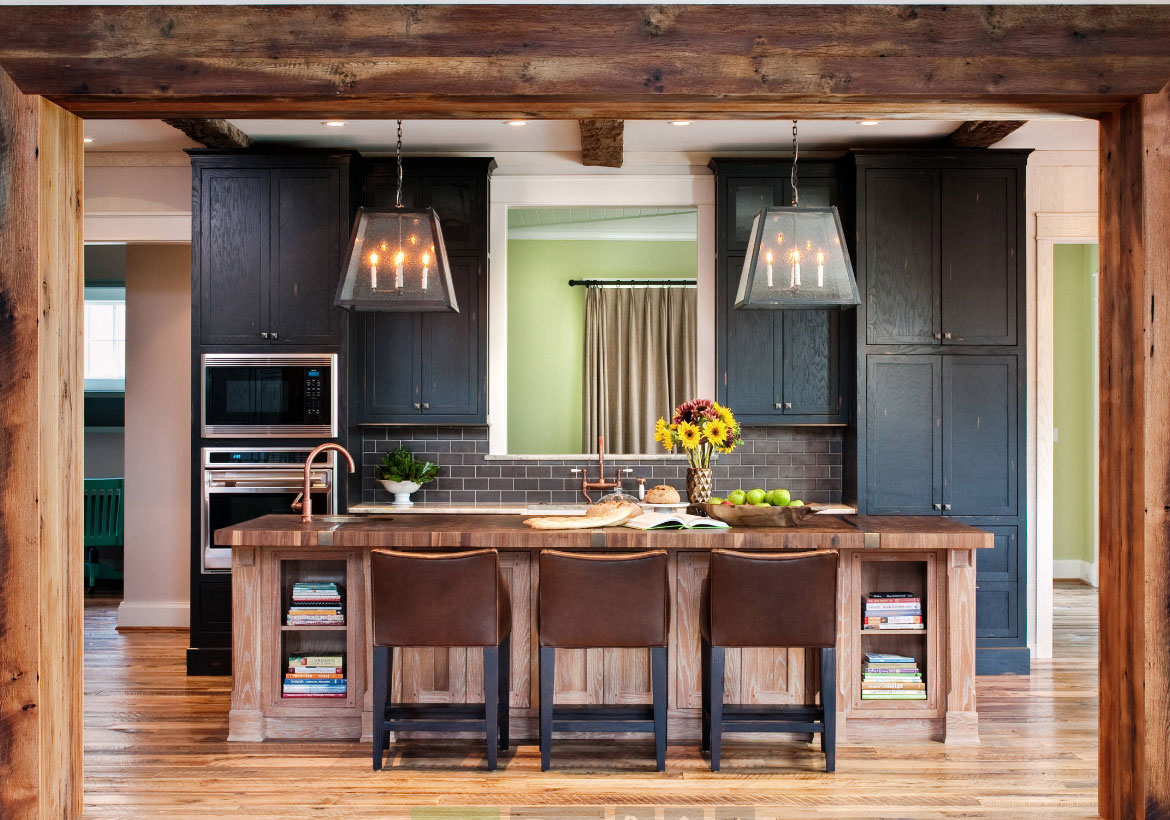
Visible Proof – The counter is a limed oak with an oiled finish. It was built custom for this house by the cabinet fabricator.
Find the Right Professional
Take your project to a professional design-build remodeling company once you decide on reclaimed or live edge wood countertops as the centerpiece for your kitchen remodeling project. Do your research and find the right one! To ensure that your project gets the proper attention, the design part must come first. The company should have an on-staff designer or architect who can hand over to a dedicated project manager to bring the rest of the team together to execute the job to your satisfaction.
The secret to success is finding the right design-build remodeling company–whether you decide on reclaimed or live edge wood countertops–or any other kind of countertop for that matter.

